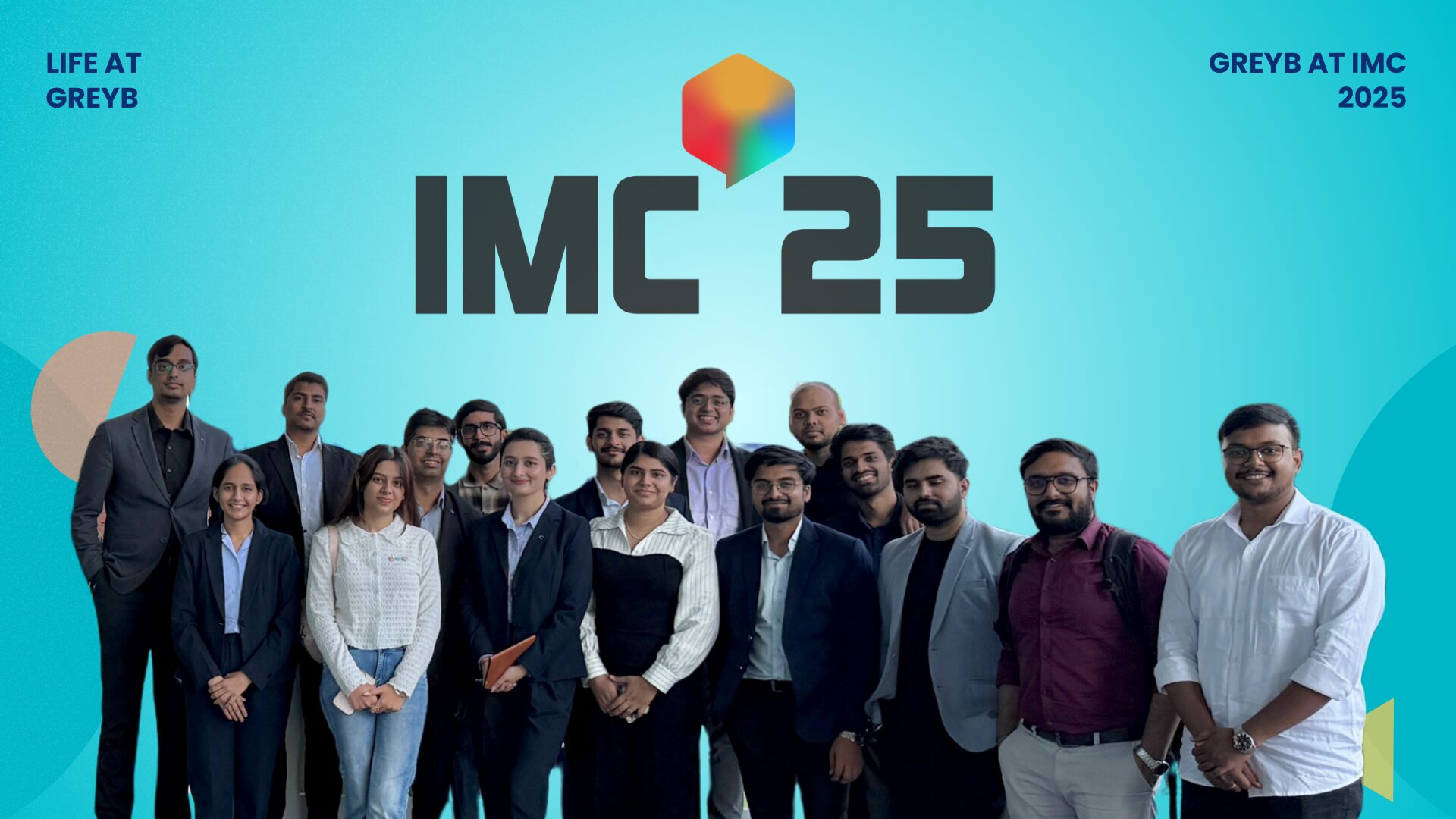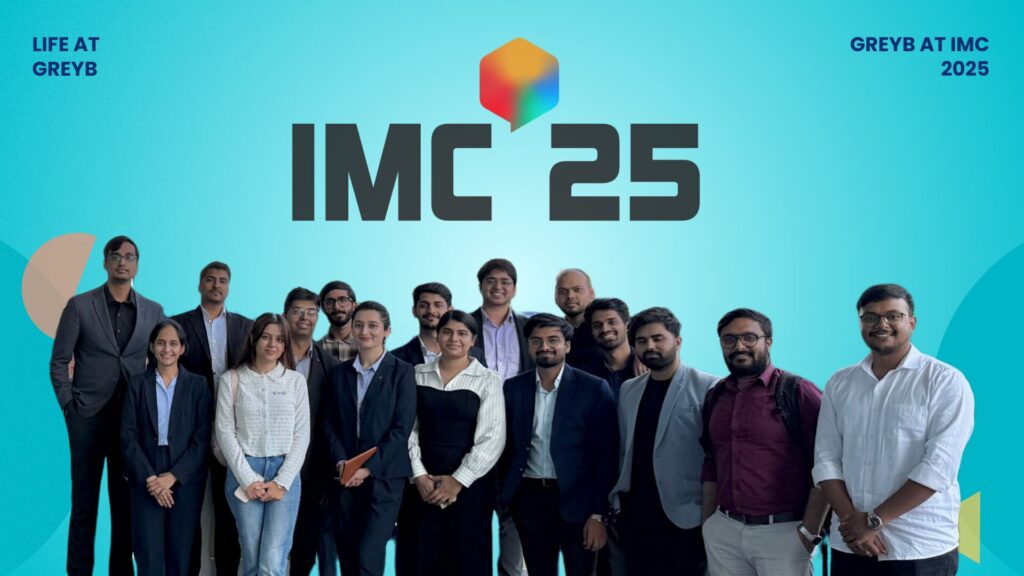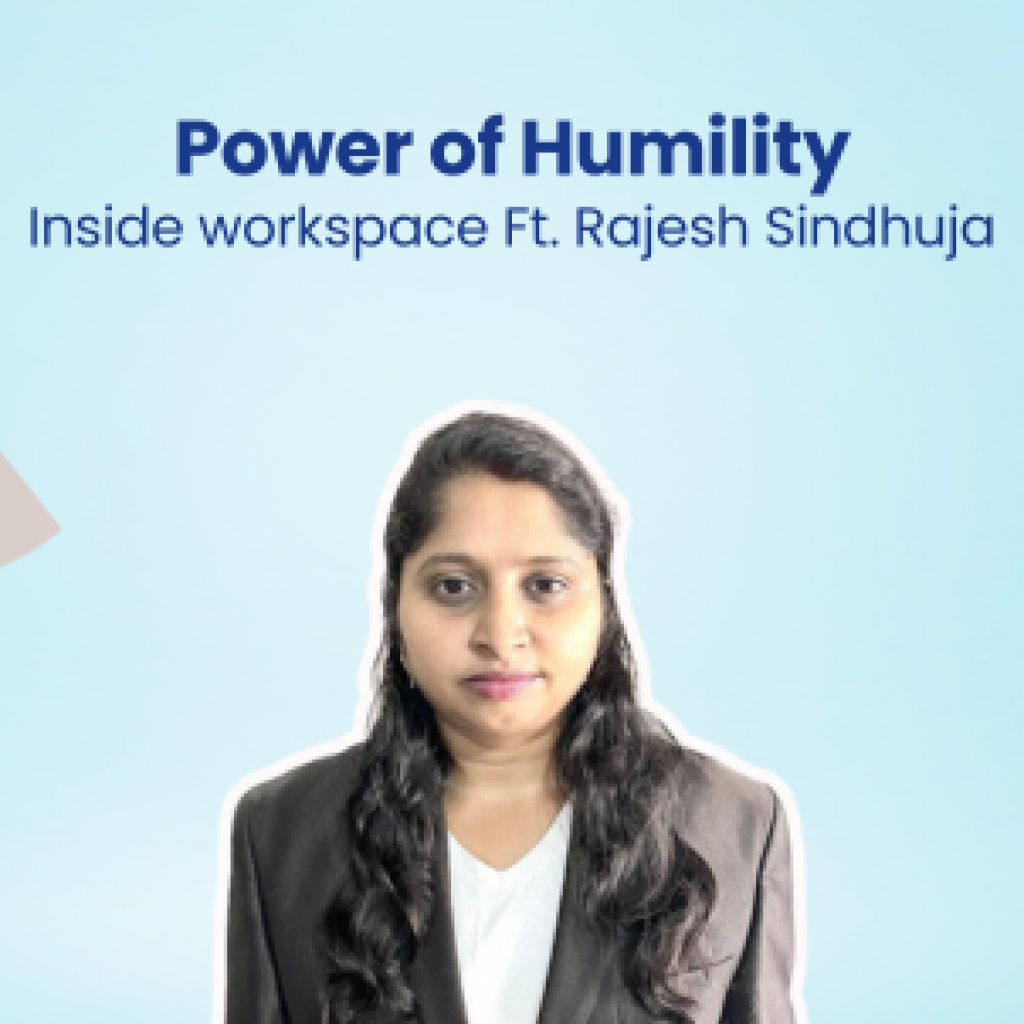At GreyB, we don’t just research technology; we provide industry-leading competitive insights that help our clients stay ahead.
So, while others were sinking into databases, Greybians attended the India Mobile Congress 2025 to get a broader view of the future of connectivity in India. The event brought together global leaders, policymakers, and industry experts to showcase emerging technologies in telecom spanning 5G, 6G, AI, satcom, quantum, and semiconductors.
One question guided every conversation: How will this technology change the competitive landscape?
Our analysis gave us a glimpse into where new patent opportunities are emerging and where standards are being written. This is what separates research from insight. For our clients, this information enables real decisions: where to invest, what to protect, and how to stay ahead.” And that’s why we had to get on top of it.
Here are some glimpses and key takeaways we drew from IMC 2025.
1. Qualcomm’s Snapdragon 8 Gen 5 chip allows devices to think for themselves
One of the standout technical developments at IMC was that AI stopped living in distant data centers and moved into our pockets. And Qualcomm’s Snapdragon 8 Gen 5 chip was a prime example of this.
This chip demonstrated how AI can now function completely on-device, without relying on cloud connectivity.
The user just needs to give a prompt, and the device will find the required image in the phone’s gallery and prepare it for sharing on Instagram. And all this happens offline through on-device processing. This significantly reduces latency because no data is sent to the cloud. It also increases privacy as the data stays local.
What’s even more impressive is its ability to enhance video quality in real time by improving optical zoom recording as you shoot. The chip essentially allows devices to “think” for themselves, reacting immediately to a user’s needs rather than waiting for cloud-based instructions.
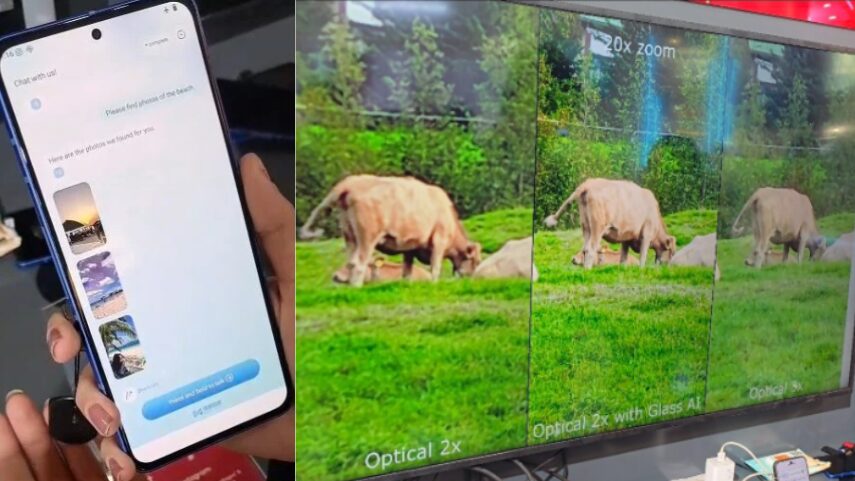
2, Nokia’s 6G sensing system tracks people and objects even through walls
One of the most captivating advancements came from Nokia’s 6G sensing system, which pushes the boundaries of traditional CCTV. Unlike regular cameras, which struggle with blind spots and obstructions, Nokia’s system uses 6G radio signals to track people and objects even through walls or around corners. By emitting radio signals and analyzing the reflections that bounce back, it creates a real-time digital map of the environment. This is similar to echolocation used by bats to navigate in the dark.
This precision has profound implications for security and operations. Factories, airports, and smart cities could track people, packages, and vehicles in real-time, even in low-light or obstructed areas. Nokia’s approach promises to redefine surveillance, making it more pervasive, efficient, and reliable than ever before.
With its patents and push for standardization, Nokia is positioning this as a foundational capability for the 6G era.

3. AI is making homes, roads, and vehicles more responsive
Qualcomm’s chip innovations also included AI-based home surveillance. These cameras don’t just record; they can detect faces. These cameras detect unfamiliar visitors entering your home and alert you proactively.
Further, its automotive-focused AI can analyse live traffic camera feeds to determine if drivers are wearing seat belts. This tech can enhance road safety through real-time awareness.
Meanwhile, Honda brought a practical, India-specific innovation: using vehicle data and AI to detect potholes and elevate driving standards. For anyone familiar with the unpredictable roads of India, this is a genuine quality-of-life upgrade.
AIVA, akin to ChatGPT for cars, allows drivers to control vehicle functions with natural speech. In collaboration with Mahindra, this voice AI aims to turn the car into an intelligent partner. The driver interacts with his car as if speaking to an intelligent companion—adjusting settings, accessing information, and managing functions, all through simple, natural speech.

4. C-DOT’s emergency alert system can broadcast messages to all phones in a region without knowing their numbers
India’s Centre for Development of Telematics (C-DOT) is making sure that connectivity reaches every corner and object, eliminating distance and communication delays. It showcased an emergency alert system at IMC that can broadcast critical messages to every mobile phone in a specific region, without requiring individual numbers.
By leveraging existing cell towers, this system ensures that urgent warnings reach people instantly, even during crises such as floods or cyclones. It serves as a modern equivalent of the town crier, making sure no one is left uninformed when danger approaches.
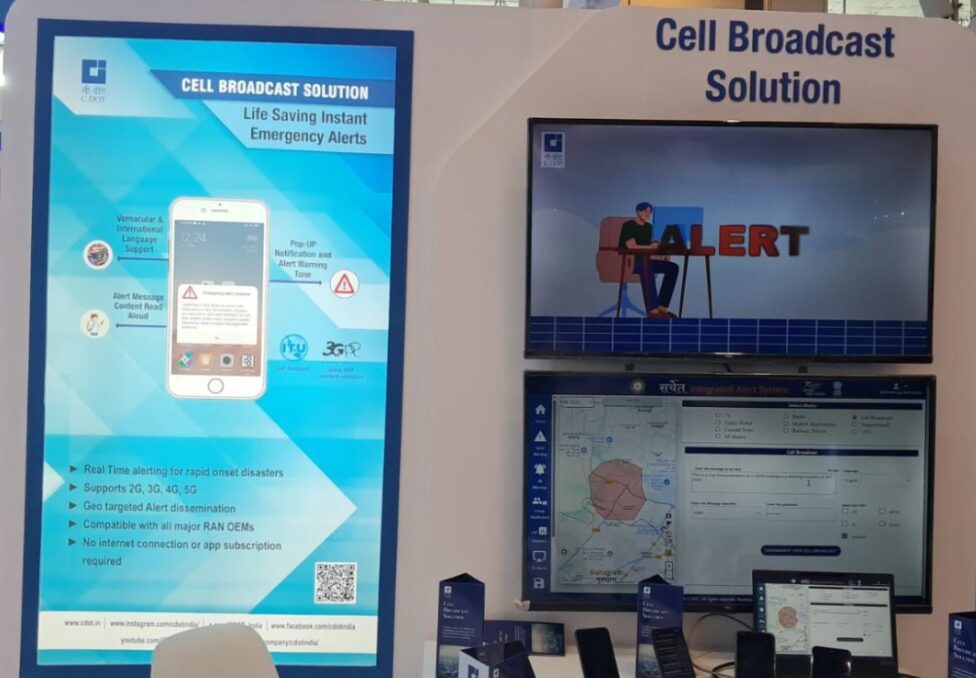
5. Airtel’s tech allows drivers to lock doors, start the engine, or access vehicle health diagnostics remotely
Airtel demonstrated advanced connected cars equipped with IoT SIMs that continuously link the vehicle to the cloud. This allows drivers to remotely lock or unlock doors, start the engine, and monitor real-time vehicle health. An integrated SOS system automatically triggers alerts during accidents or breakdowns, enhancing driver safety.
Powered by Airtel’s IoT network and security platform, these vehicles operate like moving smart devices. They are always connected through 4G, 5G, or LTE-M networks. This seamless connectivity is reshaping not only the driving experience but also the very concept of car ownership, placing vehicles firmly within the modern digital ecosystem.
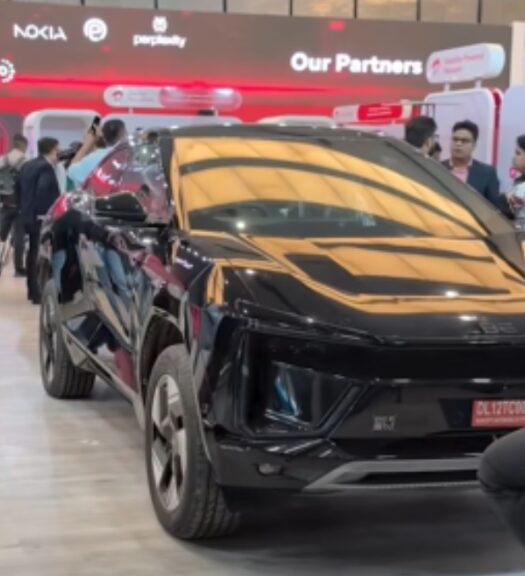
6. Airtel is transforming emergency and military communications via non-terrestrial networks (NTN)
Airtel’s drive for connectivity is now reaching beyond Earth. What was once a concept—non-terrestrial networks (NTN) using satellites to connect remote regions—has turned into a reality. Airtel has gone from discussing satellite connectivity in 2024 to forming partnerships to deliver satellite-based mobile coverage.
This focus on NTN, particularly for emergency and military communications, shows that even the sky is no longer a limit. In times of disaster or when critical operations are at stake, communication links that bypass terrestrial infrastructure can be life-saving. As technology evolves, the goal of ensuring connectivity anywhere on Earth is becoming increasingly achievable.
7. Ericsson’s “Infra-Light” 5G Office concept integrates eSIM technology into laptops
Ericsson’s “Infra-Light” 5G Office concept is transforming enterprise connectivity by integrating eSIM technology directly into laptops. This allows businesses to set up secure, seamless 5G networks for employees without the need for heavy infrastructure.
Through Ericsson’s Enterprise Virtual Cellular Network (EVCN), IT departments can remotely manage connectivity on company laptops. Devices automatically switch to the best available network based on location and policy. This ensures a consistent, secure connection, eliminating the need for Wi-Fi searches or relying on VPNs over public networks.
The benefits extend beyond convenience. This model supports hybrid work, allowing employees to securely connect from home, cafés, or any office location. It also reduces reliance on routers, cables, and other hardware, aligning with sustainability goals.
In essence, the office network becomes as portable as the laptop itself. This approach removes friction between home, travel, and office environments. Trials with major operators worldwide have already validated the model, indicating that broader adoption is on the horizon.

8. Ericsson’s Train to the Future merges digital and physical worlds
Ericsson’s “Train to the Future” demonstrated how augmented reality (AR) can seamlessly blend the digital and physical realms. Each seat on the train was equipped with a smartphone and AR glasses, allowing users to control apps with simple head movements, no touch required. Everyday activities like shopping, browsing, and watching 3D videos became intuitive and hands-free.
A standout feature was the AR fitness trainer, which provided real-time posture correction, illustrating how technology can offer personalized, human-like interaction. This demo marked a shift from traditional screen-based experiences to immersive, effortless computing, where technology integrates into our surroundings, enhancing life without disruption.
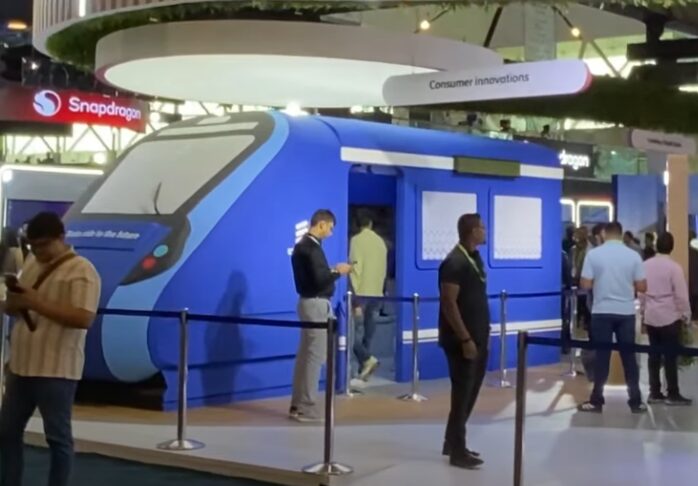
9. Tejas Networks’ smart panels steer wireless signals to enhance coverage in 5G and 6G
Tejas Networks unveiled Reconfigurable Intelligent Surfaces (RIS) at IMC 2025. These smart panels are designed to dynamically steer wireless signals, enhancing coverage and capacity in next-gen 5G and 6G networks.
Once a theoretical concept, RIS is now emerging as a market-ready technology, showcasing the rapid transition from research to reality. Much like how MIMO antennas evolved from lab innovations to a 5G standard, RIS is set to become a cornerstone of future connectivity. This development highlights how fast-paced innovation and collaboration are turning once-futuristic ideas into tangible solutions, unlocking new possibilities across the telecom landscape.
10. TSDSI activities in emerging areas such as 6G, AI, and IoT gave us insights into SEPs and telecom standards
We explored multiple informative displays from the Telecommunications Standards Development Society, India (TSDSI). Two key aspects that stood out the most were their standardization process and ongoing standards development activities. The standardization process at TSDSI, which includes pre-standardization, formal study groups, and post-standardization steps, could be immensely helpful for new team members and anyone looking to understand the detailed steps involved in creating and implementing standards.
These ongoing activities in emerging areas such as 6G, AI, and IoT provided a strategic advantage to our sales and marketing teams. Understanding these developments was crucial for them to engage with clients, especially in segments tied to Standard Essential Patents (SEPs) and telecom standards. This is how we build stronger connections with industry stakeholders at GreyB.

Conclusion
For GreyB, events like IMC 2025 are integral to how we serve our clients. From Qualcomm running AI without internet to Nokia sensing objects through walls, the insights we gathered at IMC 2025 will help our clients make smarter IP decisions. It was a roadmap of where investment, innovation, and competition are headed right now. We connected them to patents, standards, competition, and market timing to help our clients understand who’s leading and where the opportunities lie. Companies that understand these shifts early will have time to position themselves. This is why we go beyond research.

